Some foods have a soft spot in our hearts, and despite our best efforts to eat healthy, we still think—or take a bite—of them with a smile of indulgence. For example, Hungarian cuisine, including the Hungarian cafeteria, doesn’t exist without breaded dishes, and so we just couldn’t leave them out of our Canteen series. It’s time for the main course!
There’s a stereotype about Hungarian gastronomy, that we simply bread everything. We could launch into an angry protest, saying: “so what are all the stews or the casseroles”? But the fact is that no festive table or ordinary lunch menu is complete without a range of breaded dishes. We might even notice, how the senses of the average Hungarian have become attuned to this culinary technology: jogging down a flight of stairs on a Sunday afternoon, we can immediately pick up on the scent of meat cooking, or the sound of sizzling oil, sometimes accompanied by a painful hiss, or the smell of burning breadcrumbs.
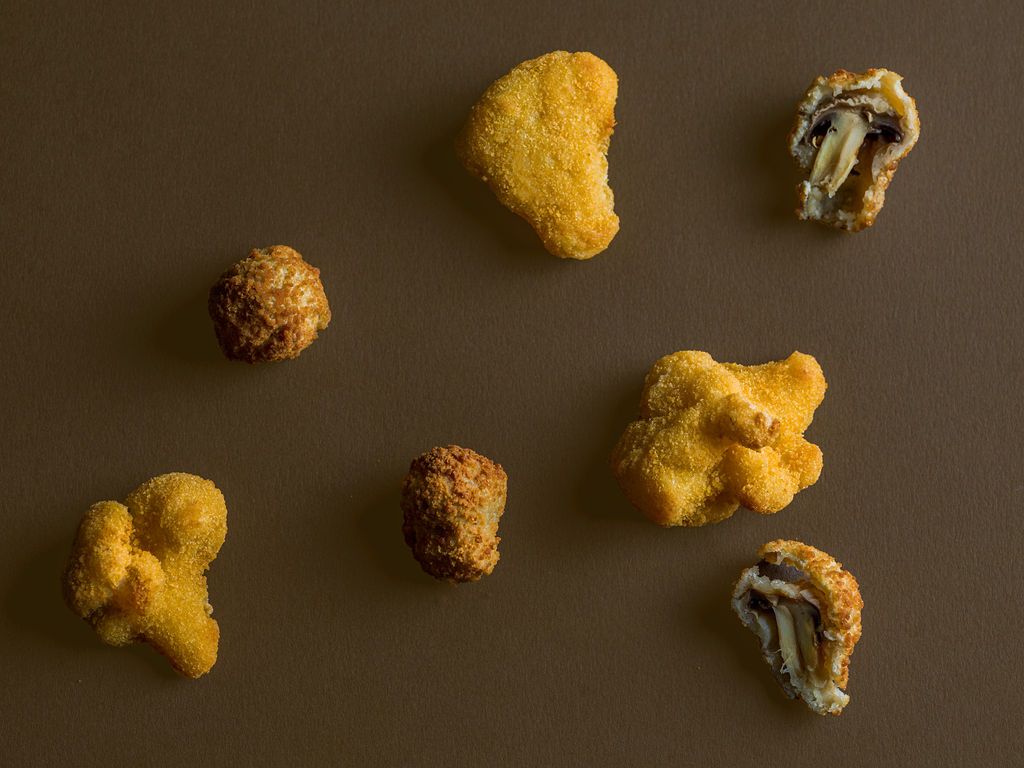
Breading too is much like a choreography. Opinions vary as to whether the meat needs to be sliced and hammered, but the raw material undoubtedly needs to be rolled in flour, then in eggs, and finally in breadcrumbs. Experienced home cooks double down on the last two steps, while the more experimental replace the breadcrumbs with panko crumbs, ground walnuts, or even cornflakes, the order however remains the same. The perfect breaded meat is juicy and tender on the inside, covered with a crispy coating on the outside, and ideally not covered in oil. Although it can be cooked in the oven or in an air fryer, it just won’t be the same, as with the deep frying method.
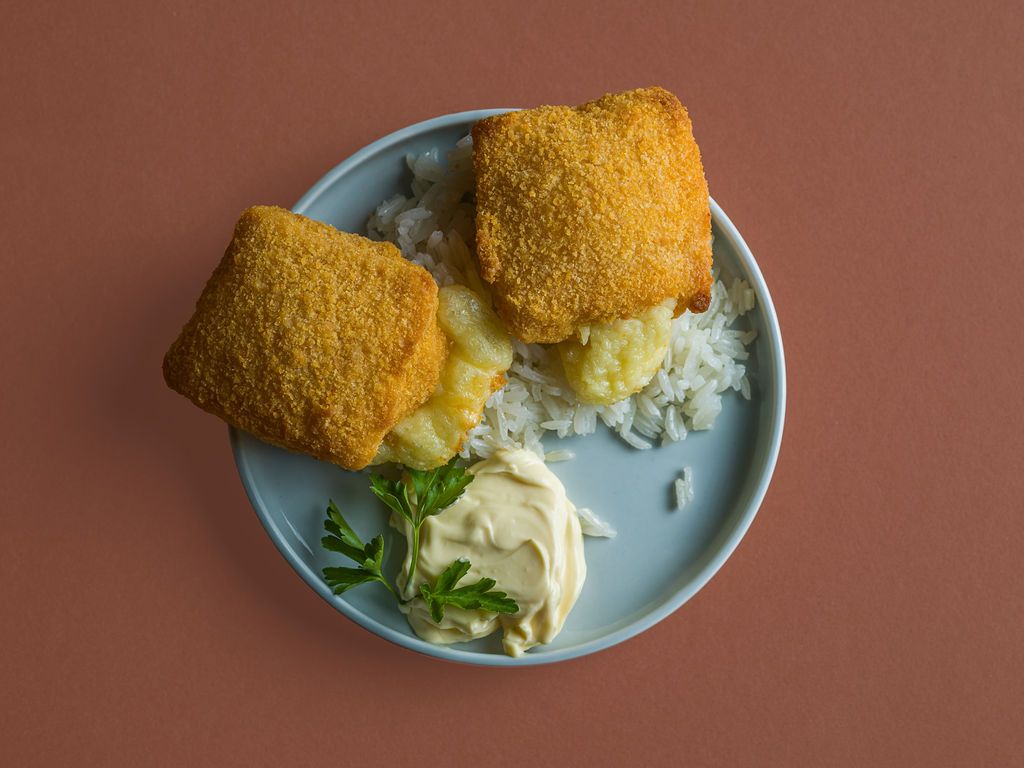
According to culinary history, breading was already common in Spain in the 15th to 16th centuries (Arabs prepared mutton this way and Spanish mercenaries adopted the method), from where it quickly spread to Italy. The ‘cotoletta alla milanese’ is in effect where the veal Wiener Schnitzel has its roots, which became particularly popular under Franz Joseph I, Emperor of Austria. At that time, the crumbs were mixed with grated Parmesan cheese, making them truly golden, but this was later dropped from the recipes. The Wiener Schnitzel is typically a thinly pounded, large slice of veal round steak, which typically hangs off the edge of the plate, and is served with potato salad. In Hungary, on the other hand, beef has mostly been replaced by pork chops and chicken thighs, which means cheaper, fattier meats, but you don’t have to look far to find the staple of the old vegetarian menu, breaded cheese. Moreover, we are not the only ones in the world to have fallen in love with this method of preparation: the Japanese ‘kaarage’ or ‘katsu’, or the fried chicken of the American South, are prepared following very similar principles.
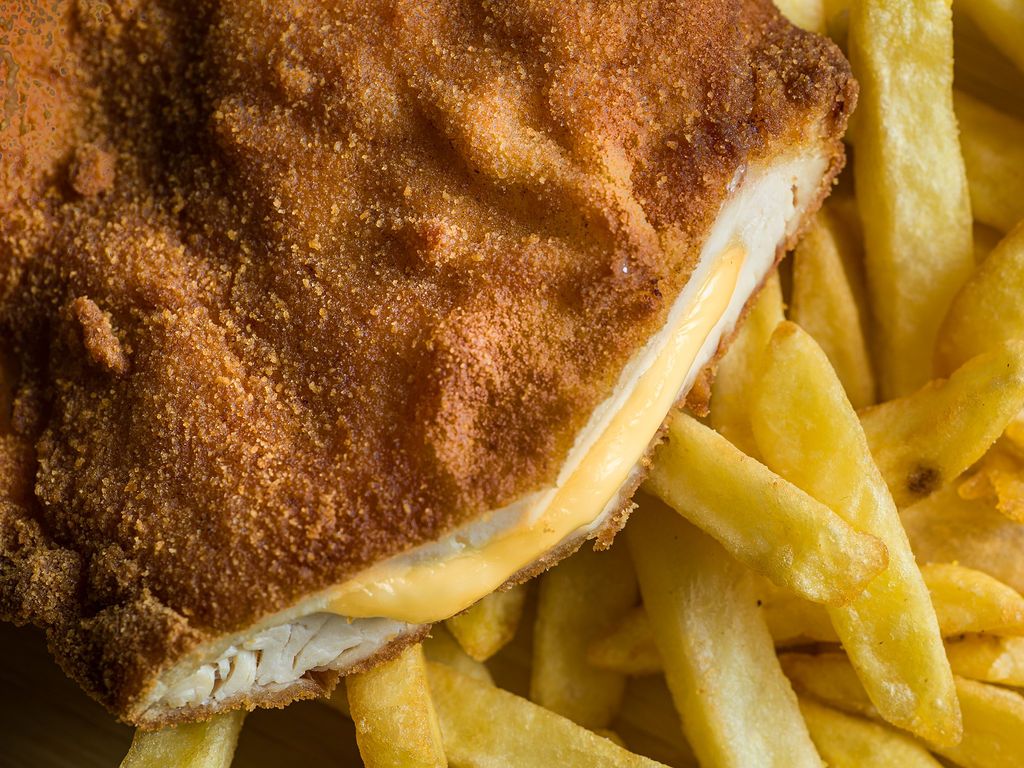
So what’s the secret? The technique on the one hand and the extras on the other. For example, many people marinate the meat in milk or buttermilk before breading, while others deviate from the plain cutlet. The cordon bleu, a breaded meat stuffed with ham and Trappista cheese, is an icon that has recently conquered the kitchens of top restaurants. Served with rice, mashed potatoes (or, in the worst cases, instant mashed potatoes), potato salad, or even French fries, with a pickle, mayonnaise, or tartar sauce. The point is simplicity, nutrition, and to make even non-premium meats and vegetables more attractive.
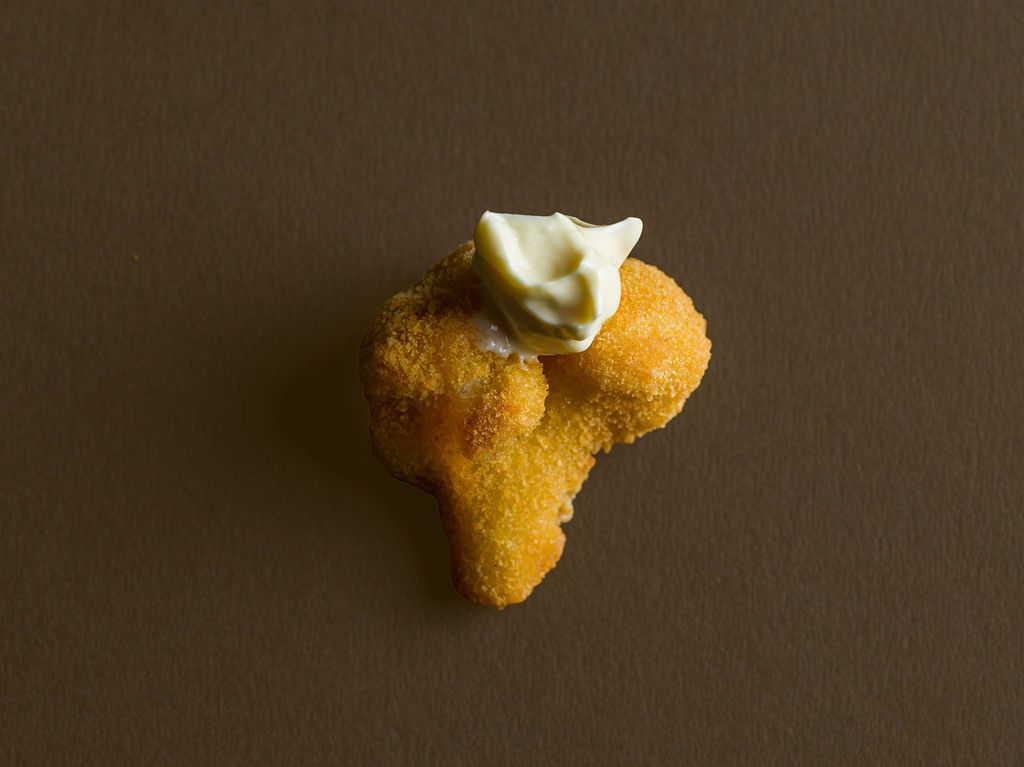
Of course, there are other methods of breading, such as using bubbly beer batter, ‘borzaska’ (which uses grated potatoes in the mix—the Transl.), pancake batter, or simply spiced flour. However, nothing has yet been able to dethrone the classic breading method. Another advantage is that breadcrumbs retain the moisture of the ingredients, making them suitable for freezing—it is no coincidence that cheap, quick, and easy meals of fried cheese and fish fingers have become so popular on canteen menus. They also make the perfect hangover food, tucked into a sandwich, splashed with ketchup, just as we all remember them from the buffet selection. Because we must always remember, nobody can take away what we’ve already eaten!
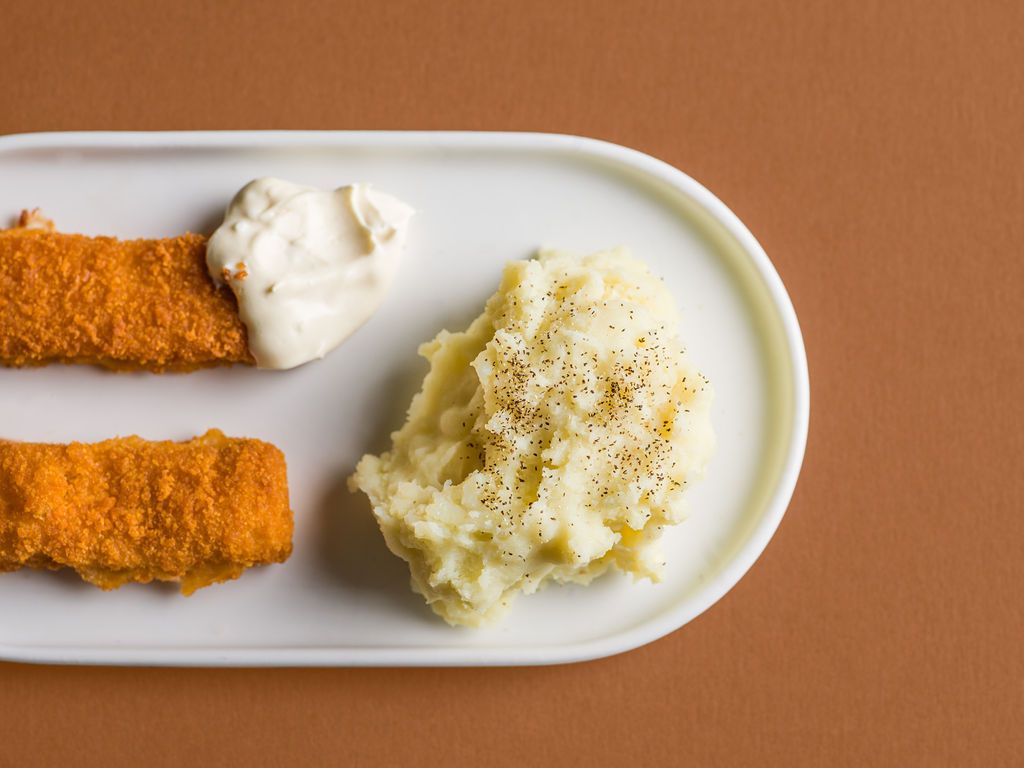
Earlier episodes of the series:

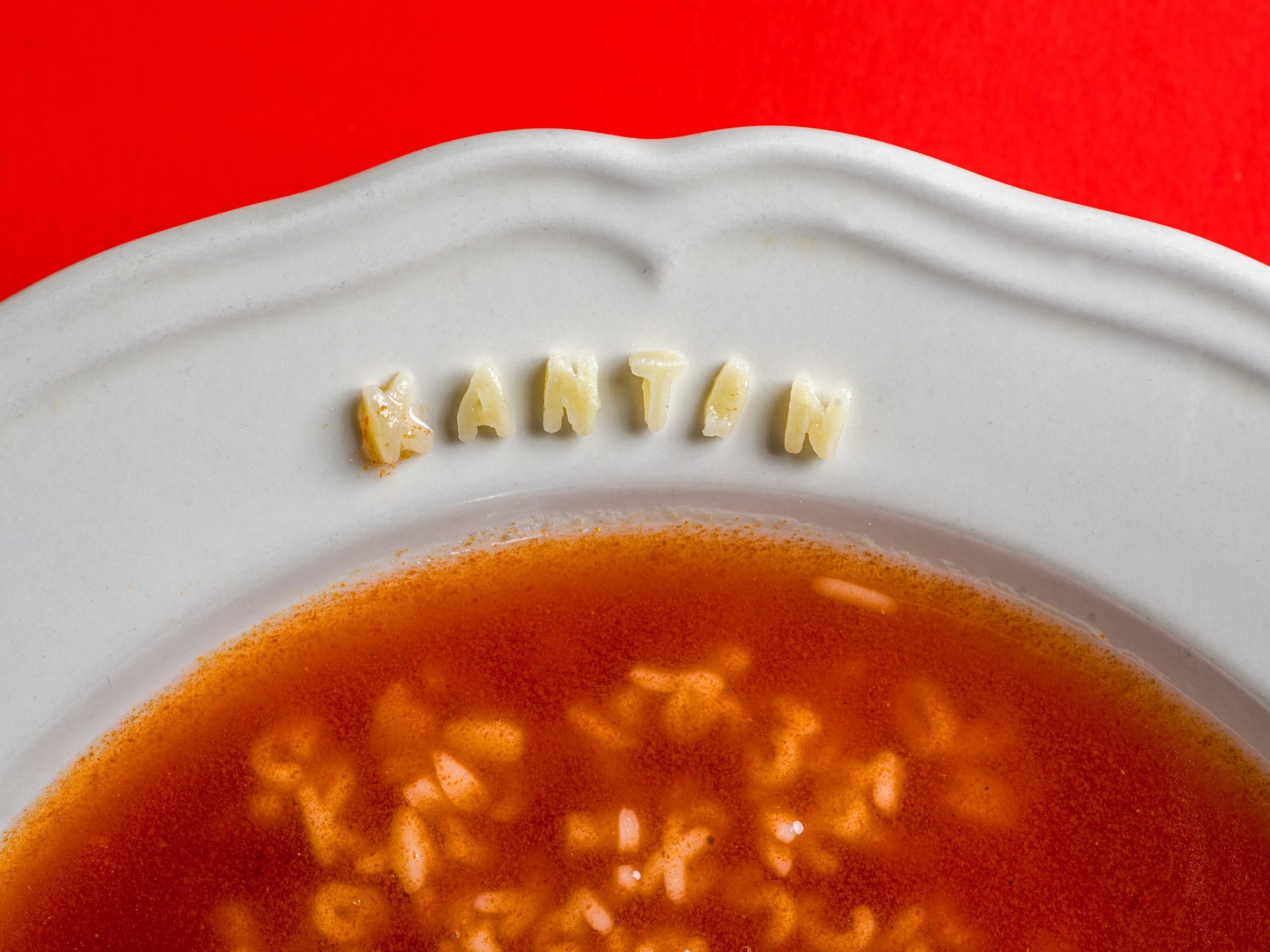

Photos: László Sebestyén
Source: Food&Wine, Telex, Dining Guide

Ethereal and vivacious beauty—TITOK multivitamin celebrates its first birthday with the aesthetic world of Matti Varga

The encounter of eternal pieces in a 21st-century apartment building | PRZESTRZENIE Studio











